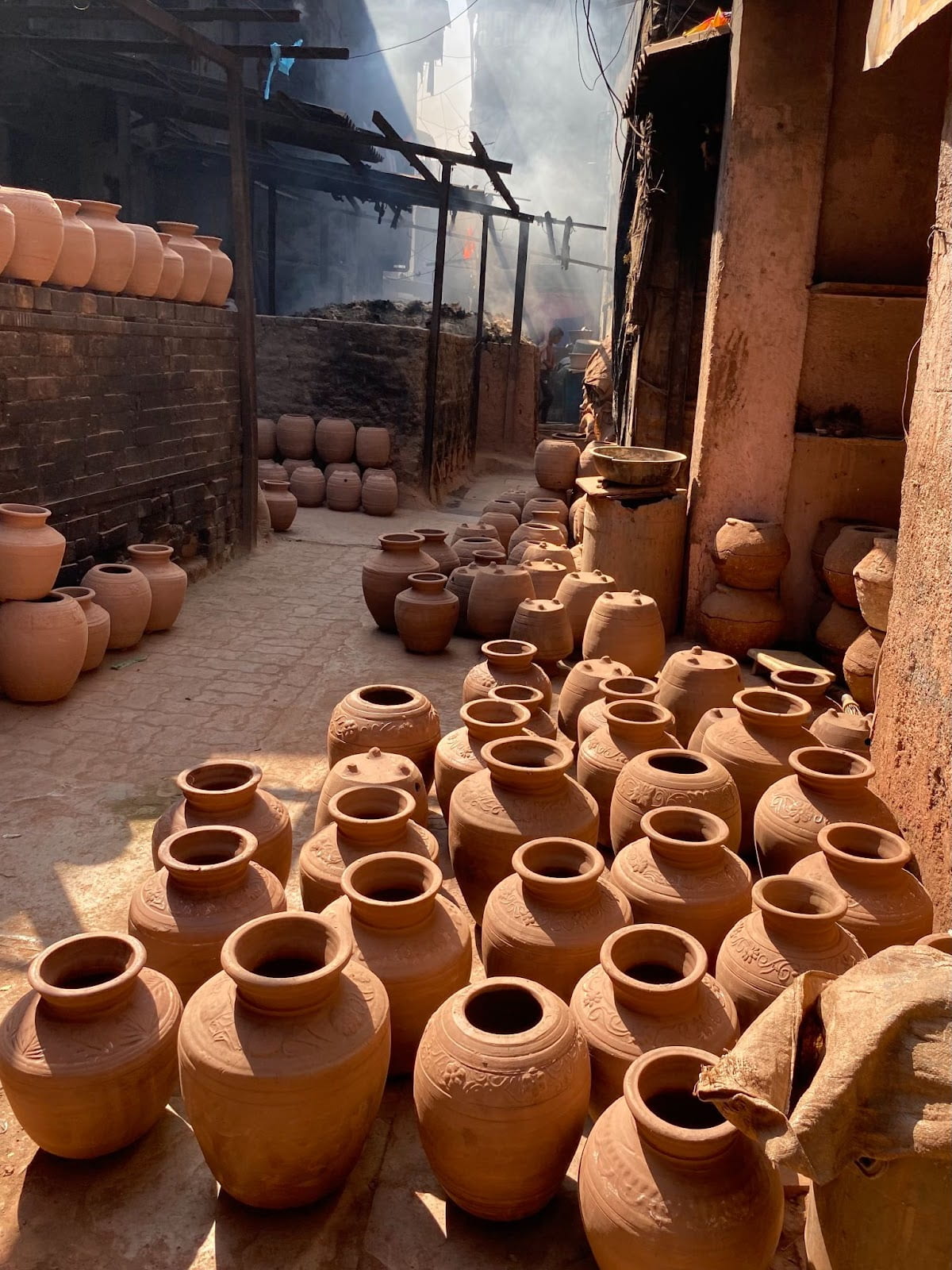As an Economics major I’ve had the pleasure of studying many different economies. Never however did I expect that the most intriguing economy would be found in the heart of Mumbai, concealed beneath the tag of Asia’s largest slum. Welcome my friends, to Dharavi. Despite covering a mere 3 sq km, Dharavi is a bustling hub of economic activity with an estimated yearly turnover of US$1 billion. It is arguable that Dharavi could be the most industrious zone of India’s financial capital, with its one million members engaging in a diverse range of commercial and micro-level activities. But with a per capita income estimated at US$500-$2,000 per year and living conditions as heartbreaking as you could imagine, there is no doubt Dharavi fits the definition of a slum. You can see how I became fascinated by Dharavi’s paradox: it displays the many stereotypes associated with the slums of poverty yet presents astonishing economic vitality. This convergence alone is unlike any economy I have ever studied, but there was still more that Dharavi had to teach me.

An initial look into the streets of Dharavi
Within the small space, we witnessed an informal economy thriving in various sectors such as pottery, clothing manufacturing, bakery food production, and notably, leather work – the backbone of Dharavi for decades. Leather-related activities have not only anchored the slum to Mumbai’s economy but have also attracted international capital. What I found the most fascinating however was learning about Dharavi’s recycling industry. My initial perception was that slums would give very little thought to rubbish pollution. And fair enough, when you’re wondering how you are going to afford to eat next, sustainability is not at the top of your priority list. However, despite the valid reasons, Dharavi presents the exact opposite of this narrative, recycling an impressive 60 percent of Mumbai’s plastic waste. This made me question – if Dharavai can achieve this within their very limited resources, what’s our excuse?


Also contrary to my initial perceptions was the reality that Dharavi is in fact highly organised. The workforce, closely integrated into the living space, optimises traditional resources through the preservation of artisanal know-how and a family and caste-based organisation of work. The slum functions as a city within its borders, segmented into different functional areas such as Tamilian, Muslim, and Hindu. This innovative approach has allowed Dharavi to adapt to the market economy, fostering production networks that flourish in the informal labour sector. Even more impressive is that despite this segmentation, Dharavi retains a cohesive unity. Our guide explained that he knows his neighbours as well as his own family. Residents here don’t see Dhavarai as a slum; they see it as a home, a job opportunity, and a chance to give their family a better life.

A makeshift slide for the kids located in their ‘playground’.
When I first heard about Dharavi, I felt it would certainly benefit from the proposed rehabilitation. Surprisingly, by the end of the tour, I found myself advocating for the preservation of Dharavi’s identity. Of course, we may well wonder whether it is right to want to safeguard a place marked by often miserable living conditions and unbearable population density. But one cannot deny its powerful lesson in Economics: its unique ability to optimise traditional resources and adapt to modern economic dynamics makes it a living testament to the resilience and vitality of a community determined to pursue upward mobility. Thus while my textbooks may indicate a need for efficient machinery and large amounts of capital, Dharavi’s economic success presents a beacon of hope for a significant segment of urban society for whom that just isn’t possible.

One of the streets, featuring the shops of Dharavi.
